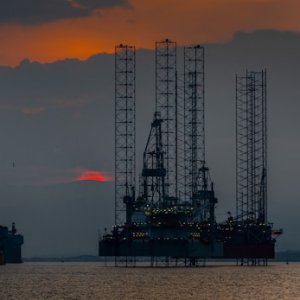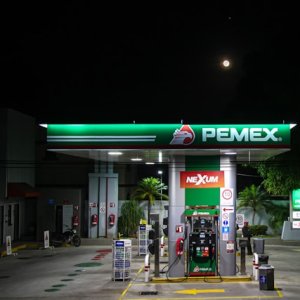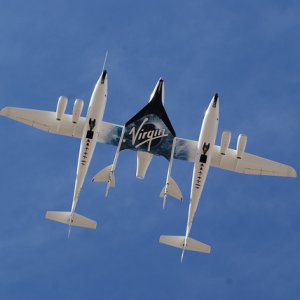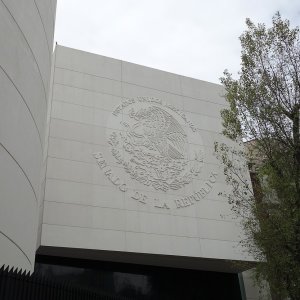Unmanned Flight Tech Slowly Taking Off

STORY INLINE POST
Q: What is Bell’s historical involvement in the oil and gas sector in Mexico and how has its presence evolved?
A: The most important niches within the Mexican oil and gas market are aerial ambulances and commercial aircraft applications needed to assist gas platforms, especially for remote deepwater projects. Currently, our technologies and services dominate the market in both areas, where PEMEX and its subcontractors are our main clients.
Q: What new products is Bell developing and how are they different from existing solutions?
A: We are working on several projects simultaneously, including the Nexus Program as a conceptual air taxi, although this remains a working concept that will require more investment before it comes to fruition. Our main priorities include vertical elevation technologies, the Invictus 360 and the V-280 long-range military helicopter meant to offer innovative processes at an affordable cost to the U.S Army Aviation.
Q: Given the rising interest in unmanned helicopters, how close is the sector to delivering this technology?
A: Bell has taken note of the market demand and it is working to deliver on this priority. Clients in the US already have access to unmanned helicopter applications. We are exploring the opportunities to apply these unmanned technologies to other existing products. It remains a work in progress.
Q: Unmanned technologies can be an uncomfortable psychological hurdle for the general public. How does Bell plan to make these technologies acceptable for this audience?
A: I do think that this will be a hurdle to overcome, for us and for the wider industry. That is why we have focused on the military in terms of adapting these applications. That will help to generate some sense of security and normalcy with the public. Only after these negative sentiments are overcome can we then begin to introduce commercial transport applications.
Q: What is the normal process by which Bell adapts military technologies to fit industrial commercial applications?
A: There is no standard adaptation process in place for this, given that it is very uncommon. Fundamentally, military and commercial planes are engineered to fulfil different purposes. Military aircrafts typically require to be reliable, survivable and lethal on the battlefield. In contrast, commercial aircraft are defined by carrying capacity, versatility and long-range capabilities.
Q: What are Bell Mexico’s goals for the next 12 months?
A: Despite the COVID-19 pandemic, due to our function in Mexico’s oil and gas niche market, we have not experienced the recession and market contraction observed by commercial airlines. In fact, we have enough work to carry us for the next three years, mainly in the development of commercial aircraft, especially for the 407 and 429 helicopter models.
Bell is an American aerospace company specialized in helicopter manufacturing with a track record of 85 years in technological innovation in both the commercial and military aviation segments. Its products are present in 120 countries.























